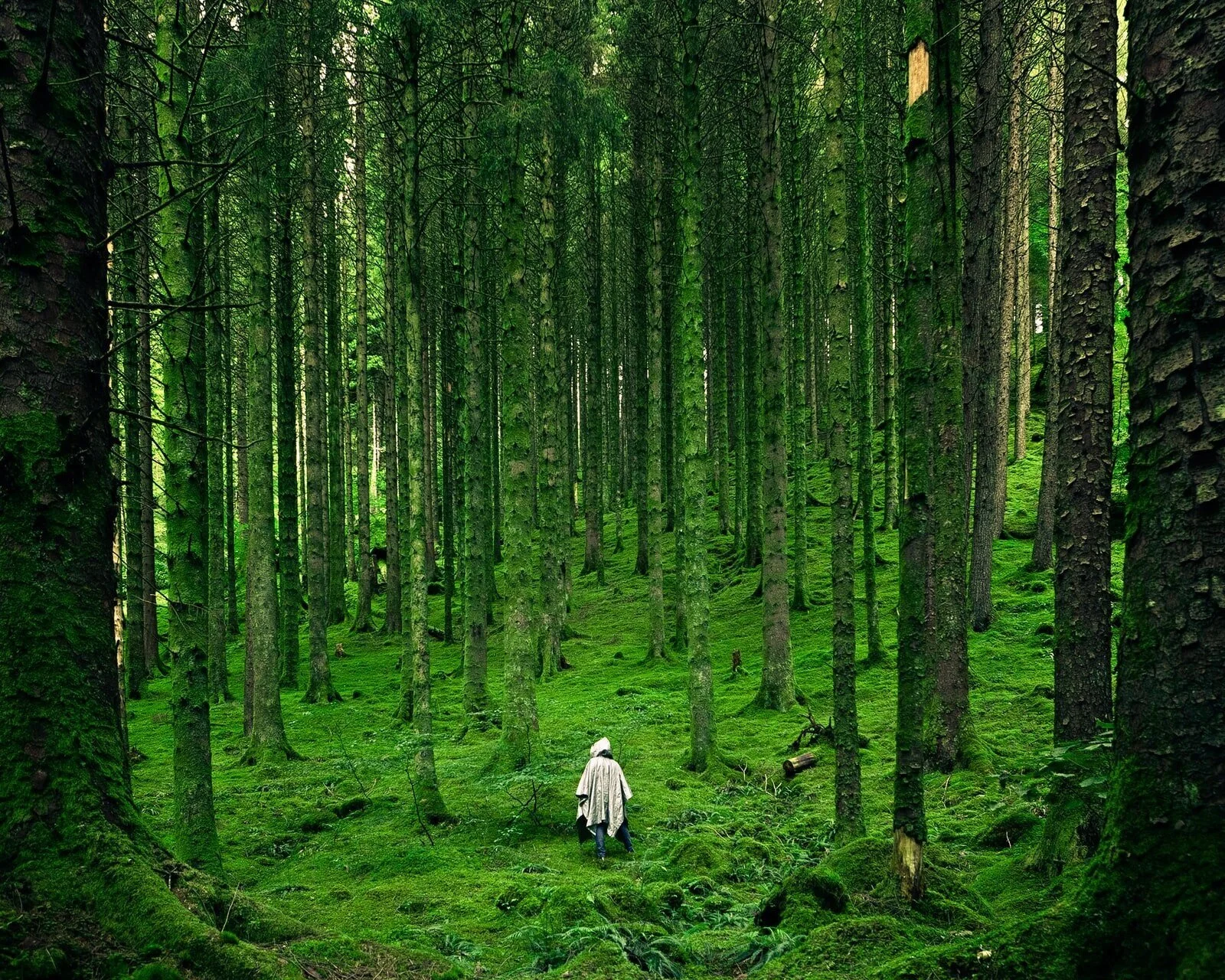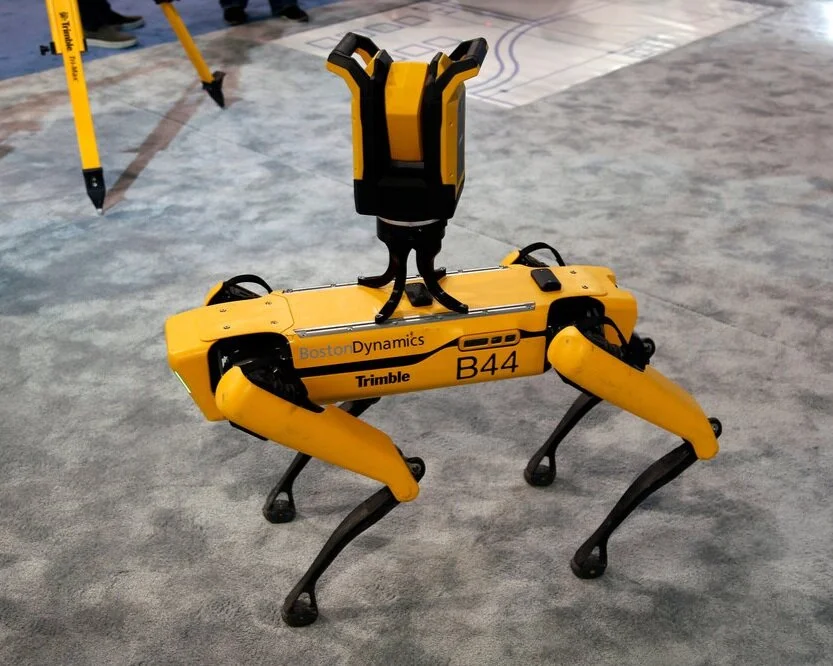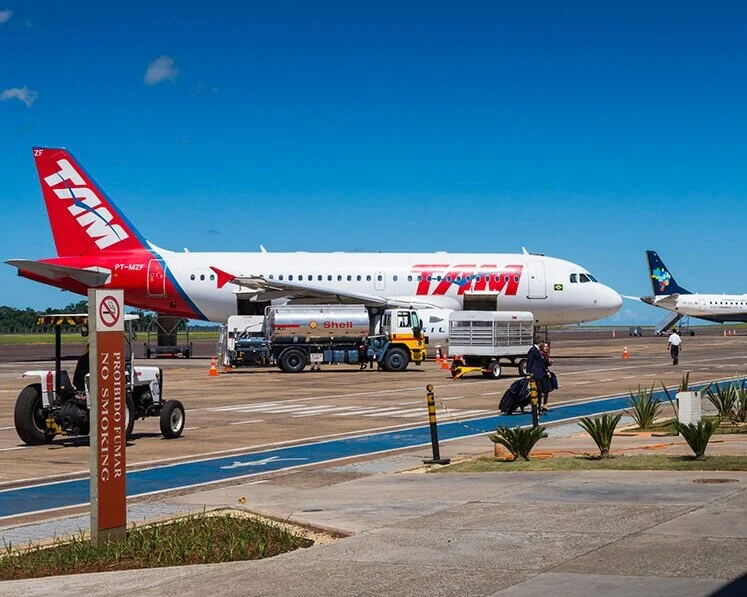Jessamy Nichols, Africa CorrespondentLast Modified: 16:03 p.m. DST, 16 August 2013
 DEMOCRATIC REPUBLIC OF CONGO − The mining industry in the Democratic Republic of Congo (DRC) has a plethora of side effects for the country that destroy the standard of living and overall wellbeing of the country. The most unbearable one is the way that the mining industry spurs violence and civil war within the country. Because rebel groups are continually fighting over control of the mines and natural resources, turmoil and chaos are incessantly being reproduced.
DEMOCRATIC REPUBLIC OF CONGO − The mining industry in the Democratic Republic of Congo (DRC) has a plethora of side effects for the country that destroy the standard of living and overall wellbeing of the country. The most unbearable one is the way that the mining industry spurs violence and civil war within the country. Because rebel groups are continually fighting over control of the mines and natural resources, turmoil and chaos are incessantly being reproduced.
This system has gone on for decades in the DRC which has unfortunately made it an expected way of life where vast regions are based around a “war economy.”[1] This is a horrifying concept as it means Congolese citizens are actually dependent on the illegal and informal economy based around the exploitation of natural resources and arms trafficking, instead of moving towards a formal market economy based on peace and respect of property.
When the illegal economy becomes a way of life, the actors involved totally “lose interest in peace” because they have no concept of how to make a living without it.[2] Besides this being dangerous in itself, it is also unsustainable, as eventually these natural resources will run out and those associated with the mines will have no other skills to make a living off of.
With this lack of desire for peace, mass killings have been all too frequent when it comes to fighting over control of mining areas. Rebel groups have used deliberate killings and massacres as a tool of war to fight their way to mining towns, leaving thousands of affected and harmed citizens in their wake.[3] Alongside these massacres, rebel groups will burn down villages and force whole populations to flee from their homes in order to maintain their rough reputation and gain complete control over the territory.
Besides coping with tragic deaths, the civilians left behind then also have to handle being displaced and without refuge.[4] Despite this heart wrenching reality that still continues today, international citizens and organizations fail to acknowledge that these decades of killing and destruction from armed conflict or war related causes have amounted to the “world’s deadliest conflict since WWII,” having victimized over 5.4 million Congolese citizens.[5]
This widespread and colossal conflict has been implemented through rebel groups using atrocious tools of war like “ethnic slaughter, executions, torture, rape and arbitrary arrest,” which leave very few citizens untouched.[6] This harrowing statistic should not need any other words to prove the terror of this situation, yet there are still further consequences while the globe stands by whilst the conflict endures.
Another catastrophic consequence of the DRC’s mining industry is the political and institutional instability that has come with the tumultuous control of the mines. Since the industry is fueled by armed conflict and rebel power, it has been indicatively hard for the central government to consolidate sovereignty and security. As rebel groups emerge and flex their persistent desire to take over mines and political control, the central government has been unable for years to maintain stability and fully oppress secessionist factions.
This hurts every citizen in the country, as years of political erosion have halted democratic reforms and institutional growth. During Joseph Kabila’s reign, this has destroyed his credibility, as shown by his ban on the mineral trade in September 2010 that he had to call off by March 2011 due to not being able to sever the ties between militia groups and mineral traders.[7] Whether this resulted from a lack of resolve, competence, or both, is up for debate, but regardless, the central government is incapable of fulfilling its goals.
1 Next Page » 2
Published: 16 August 2013
(Page 2 of 2)
Outside of human rights atrocities, which top the list of negative consequences from the DRC’s mining industry, there are also the environmental consequences to consider as they additionally affect the state’s future. Soil erosion has been a major concern for outside observers, as those running the mines are not adhering to safe or sustainable standards, but are mainly thinking about making a profit in the present.[8] This creates a negative feedback loop where each year where environmental standards are not acknowledged for mining, the environmental deterioration builds on top of itself and becomes worse and worse, until it may become irreversible.
Additionally, one of the main areas where coltan is mined is Kahuzi-Biega National Park, which is home to the endangered mountain gorillas. The mining of coltan has greatly hurt the animal’s numbers as they are killed for bush meat and are indirectly killed through the clearing of the rainforest. Despite the DRC being an unlikely tourist spot currently, destroying the gorilla population also rids them of a profitable tourism opportunity in the future.[9]
The Congolese mining industry has also had extensive economic implications for the country, as every mineral illegally exploited and traded is another source of income that could be used to build and fix the weak country. Unfortunately, Congolese mining code is the third best in Africa in terms of giving advantages to investors, which means the country has an insignificant role in the mining agreement and then receives very much in turn for its national budget.[10]
This is indescribably regrettable because the wealth of natural resources within their territory is slipping through their fingers everyday, whereas if the central government and its international partners stepped up, they could pool at least portions of these riches for national benefit and development that could improve the lives of all Congolese citizens. For example, in Katanga, DRC, mineral tagging has been moderately put in place and the development trend has thus been very different because business flourishes while also giving a modern boost to development through local investments.
In other areas though, where tagging has not been introduced, international buyers only buy illegally through Uganda and Rwanda, instead of directing funds to the DRC. [11] While not perfect, tagging is a great starting point for moving towards a balance of industrial profit and developmental growth for the average citizen. Additionally, executing a minor taxation on mineral exports would also bring increases to the DRC’s GDP. When the actors involved let the minerals cross the border illegally and through rebel hands, they are losing the chance to tax the goods and turn that into investments in “basic infrastructure and social provisions.”
When they do not do this, they are allowing the immense wealth to be sacrificed to neighbors. For example, Rwanda made 250 million USD from coltan alone in eighteen months despite having no coltan within their borders![12] Another way to ensure taxation would be to invest in smelting and manufacturing facilities on their own soil so they could more diligently track the trade process and make a profit off of it[13], as shortened trading chains leaves less space for conflict minerals. When viewed in summary in this manner, it is evident that the mining industry is creating massive impediments for the DRC, and that these wide-ranging consequences must be tackled sooner rather than later.
Return to Page 1»
Follow Jessamy on Twitter
Twitter: @nahmias_report
Africa Correspondent: @JessamyNichols
[1] Grespin, Whitney. "Blood Coltan?" Journal of International Peace Operations 6, no. 3 (December 2010): 27-30. pg 28.
[2] Ibid, pg 28.
[3] Human Rights Watch. "The Curse of Gold." hrw.org. June 1, 2005. http://www.hrw.org/reports/2005/06/01/curse-gold. pg 32, 34.
[4] Ibid, pg 29.
[5] Grespin, pg 27.
[6] HRW, pg 9.
[7] International Crisis Group. Conflict Minerals in DRC. January 18, 2012. http://www.crisisgroup.org/en/publication-type/key-issues/country/conflict-minerals-in-drc.aspx.
[8] Grespin, pg 29.
[9] Nisa. COLTAN MINING IN THE CONGO: WE ALL HAVE BLOOD IN OUR HANDS. September 10, 2011. http://www.cookiesound.com/2011/09/coltan-we-all-have-blood-in-our-hands/. ; Grespin, pg 29.
[10] Abadie, Delphine. "Canada and the geopolitics of mining interests: a case study of the Democratic Republic of Congo." Review of African Political Economy (Routledge) 38, no. 128 (June 2011): 289-302., pg 295.
[11] Group of Experts on the DRC. "Letter to the Chairman of the Security Council." United Nations, 2012, 1-44., pg 40.
[12] Grespin, pg 27.
[13] Group of Experts on DRC, pg 37.
















